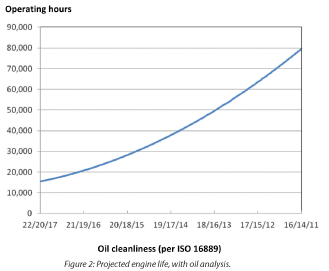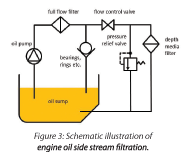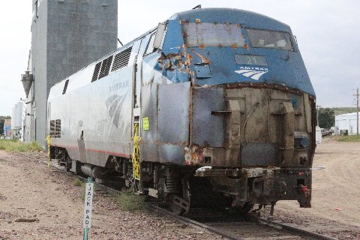For reasons of efficiency the Department of State is encouraging electronic submittal of comments through the federal government’s eRulemaking Portal. To submit comments electronically, visit this link: http://www.regulations.gov/#!documentDetail;D=DOS-2014-0003-0001
This is a 30-day public comment period and the deadline date is Friday, March 7th at 11:59 p.m. (EST).
Download Letter 1
Download Letter 2
Jobs:
- During construction, the report suggests that the project would support about 42,000 direct/indirect jobs, approximately $2 billion of earnings throughout the United States, and contribute about $3.4 billion to US GDP.
GHG:
- The Final SEIS finds if this project goes ahead, we will see fewer spills, fewer injuries, and fewer fatalities when compared to the alternative of transporting crude oil by rail. On top of that, this project will result in lower GHG emissions; the Final SEIS finds that under any of the alternative scenarios where the project is denied, you will see greater GHG emissions from the movement of this oil.
- The updated analysis in the Final SEIS concludes that the proposed Project is unlikely to significantly affect the rate of extraction in the oil sands.
- The Final SEIS states that under any of the scenarios where the project is denied, GHG emissions from the movement of this oil would actually increase – 28 per cent more GHGs if all the oil is railed to the Gulf Coast, 42 per cent higher GHGs if a combination of rail and new pipelines is used.
Energy Security:
- The Keystone XL Pipeline will increase energy security, and with the growth of domestic production in the U.S. and Canada, connecting the third largest resource of oil in the world to the largest refining center in the world can do nothing but increase energy security.
- As the Final SEIS points out, the demand persists for imported heavy crude oil by U.S. refineries optimized to process heavy crude. As Canadian production of bitumen from the oil sands continues to grow, the vast majority is currently exported to the United States to be processed by U.S. refineries.
- The U.S. is a net importer of crude oil. The International Energy Agency and US Energy Information Administration (EIA) have both forecast that the U.S. will still need to import oil to meet its domestic demand for decades, despite growing oil production in the U.S. Today, the United States consumes 15 million barrels of oil per day and imports eight million barrels. The EIA forecast in 2012 stated that the U.S. will continue to import 7.5 million barrels of oil per day into 2035 to meet its needs.
Safety:
- As a Company, we are committed to doing the very best and we will continue to operate Keystone XL, once complete, in the safest and most efficient way that we can. It’s our commitment to the public, it’s our commitment to our customers, and it’s a commitment we take very seriously.
- As stated in the Final SEIS, the U.S. Department of State, in consultation with PHMSA, has determined that incorporation of the 59 conditions would result in a Project that would have a degree of safety over any other typically constructed domestic oil pipeline system under current code.
Export:
- Keystone XL is not an export pipeline. The U.S. consumes 15 million barrels of oil a day and imports seven to eight million barrels. Both the U.S. Energy Information Administration and the International Energy Agency predict America will continue to import millions of barrels of oil each day until at least 2040.
- So what we are really talking about is a choice – a choice made all that more relevant with the recent unrest in Syria and Egypt – do Americans want their crude oil from a friendly partner in Canada or will they continue to rely on unstable regions such as Venezuela and the Middle East? Based on consistent polls since 2011, the findings prove that the majority of Americans continue to support our project.




















